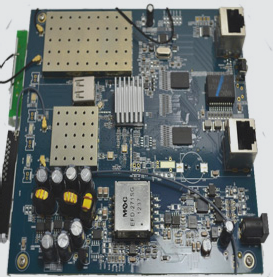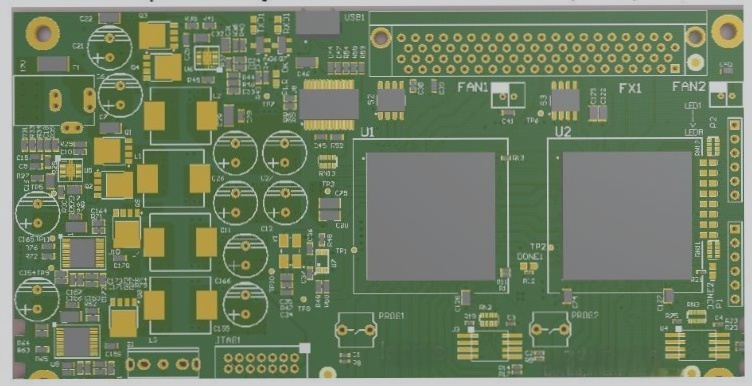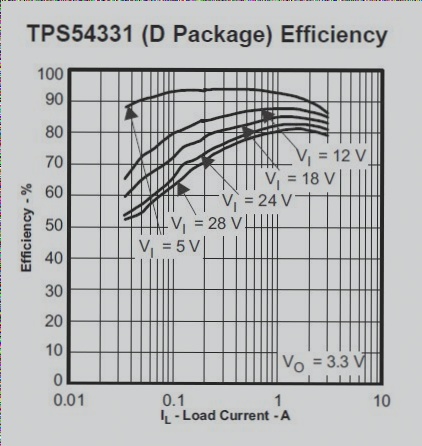The Importance of Copper Thieving in PCB Design
Copper thieving is a crucial technique utilized in PCB design to balance copper distribution effectively. By strategically adding small copper shapes like circles or squares to larger empty areas on the board, copper thieving helps maintain uniformity without impacting circuit functionality.
Enhancing Copper Distribution
When combined with copper pour techniques, copper thieving plays a significant role in optimizing copper distribution on a PCB. Copper pours create ground or power planes that improve signal integrity, reduce EMI, and dissipate heat. By using copper thieving alongside copper pours, designers can achieve even better copper distribution across the board.
Benefits of Copper Thieving
- Uniform Plating Current: Copper thieving ensures a balanced copper plating distribution within vias, preventing issues like short circuits and inadequate plating thickness.
- Reliable Solderability: Proper copper thickness from thieving promotes strong and durable solder joints, essential for long-term functionality.
- Preservation of Signal Integrity: Consistent impedance across transmission lines is maintained with copper thieving, crucial for high-speed digital and RF applications to prevent signal distortions.
Implementing Copper Thieving
When implementing copper thieving in PCB design, it is essential to consider factors such as maintaining signal integrity, solderability, and mechanical strength. Thieving structures must be electrically isolated to prevent unintended circuit connections, and application should focus on areas prone to uneven copper distribution.
If you require assistance with PCB and PCBA services, feel free to reach out to us at info@wellcircuits.com.




